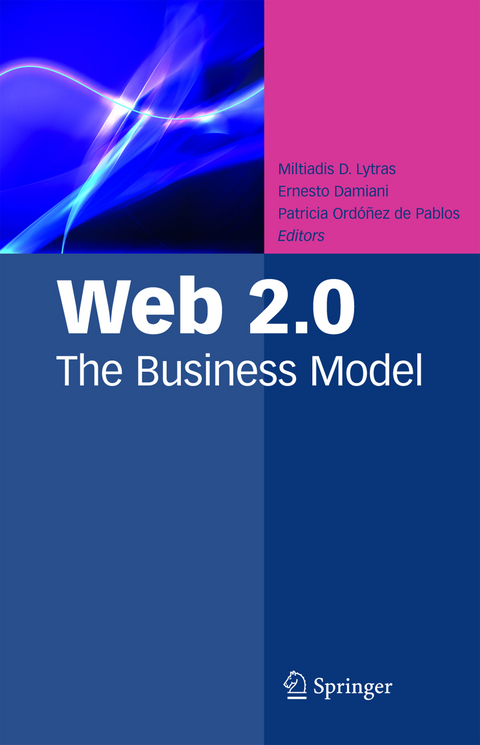Web 2.0
Springer-Verlag New York Inc.
978-0-387-85894-4 (ISBN)
While the web itself is about twenty years old, businesses are still impleme- ing the technology into the fabric of the business model. The background section will focus on defining the building blocks for the framework including defining the basic components of Web 1. 0 which focused on the presence and business transaction. The Web 2. 0 section will focus on defining the basic building blocks of customer interactions, while the final section will focus on a review the wine industry. 2. 1 Web 1. 0: Presence and Electronic Commerce The term Web 1. 0 emerged from the research around the development of Web 2. 0. Prior to this, researchers commonly referred to Web 1. 0 as Electronic C- merce or E-Business. Where as, web 1. 0 focused on a read only web interface, Web 2. 0 focuses on a read-write interface where value emerges from the contri- tion of a large volume of users. The Internet initially focused on the command and control of the information itself. Information was controlled by a relative small number of resources but distributed to a large number which spawned the massive growth of the web itself. Like television before it, the web allowed for the broadcasting of information to a large number of users. Initial web sites were built simply to communicate presence or provide information on the business - self. This component includes information like marketing materials, investor re- tions, employment opportunities, and product information.
Empirical Analysis of Functional Web 2.0 Environments.- New forms of interaction and knowledge sharing on Web 2.0.- Web 2.0 Business Models as Decentralized Value Creation Systems.- Open Innovation Communities…or should it be “Networks”.- A Model for Business Innovation in the Web 2.0 World.- Doing business by selling free services.- Webstrategy Formulation:Benefiting from web 2.0 concepts to deliver business values.- Web 2.0: Issues for the Design of Social Net.- Wikis for Knowledge Management: Business Cases, Best Practices, Promises, & Pitfalls.- Using a Semantic Forum as Learning Support.- Towards OpenTagging Platform using Semantic Web Technologies.- Evolving from 1.0 to enterprise 2.0: an interpretative review- Empirical stages and approaches towards the new (virtual) working environment.- Embedding Web 2.0 Strategies in Learning and Teaching.- Teaching-Material Crystallization: Wiki-based Rapid Prototyping for Teaching-Material Design.- Prediction Markets, an Emerging Web 2.0 Business Model: Towards the Competitive Intelligent Enterprise.- Innovation Culture for Knowledge Management in new e-Ra.
| Erscheint lt. Verlag | 11.11.2008 |
|---|---|
| Zusatzinfo | 83 Illustrations, black and white; XII, 324 p. 83 illus. |
| Verlagsort | New York, NY |
| Sprache | englisch |
| Maße | 155 x 235 mm |
| Themenwelt | Informatik ► Software Entwicklung ► User Interfaces (HCI) |
| Mathematik / Informatik ► Mathematik ► Finanz- / Wirtschaftsmathematik | |
| ISBN-10 | 0-387-85894-6 / 0387858946 |
| ISBN-13 | 978-0-387-85894-4 / 9780387858944 |
| Zustand | Neuware |
| Haben Sie eine Frage zum Produkt? |
aus dem Bereich




